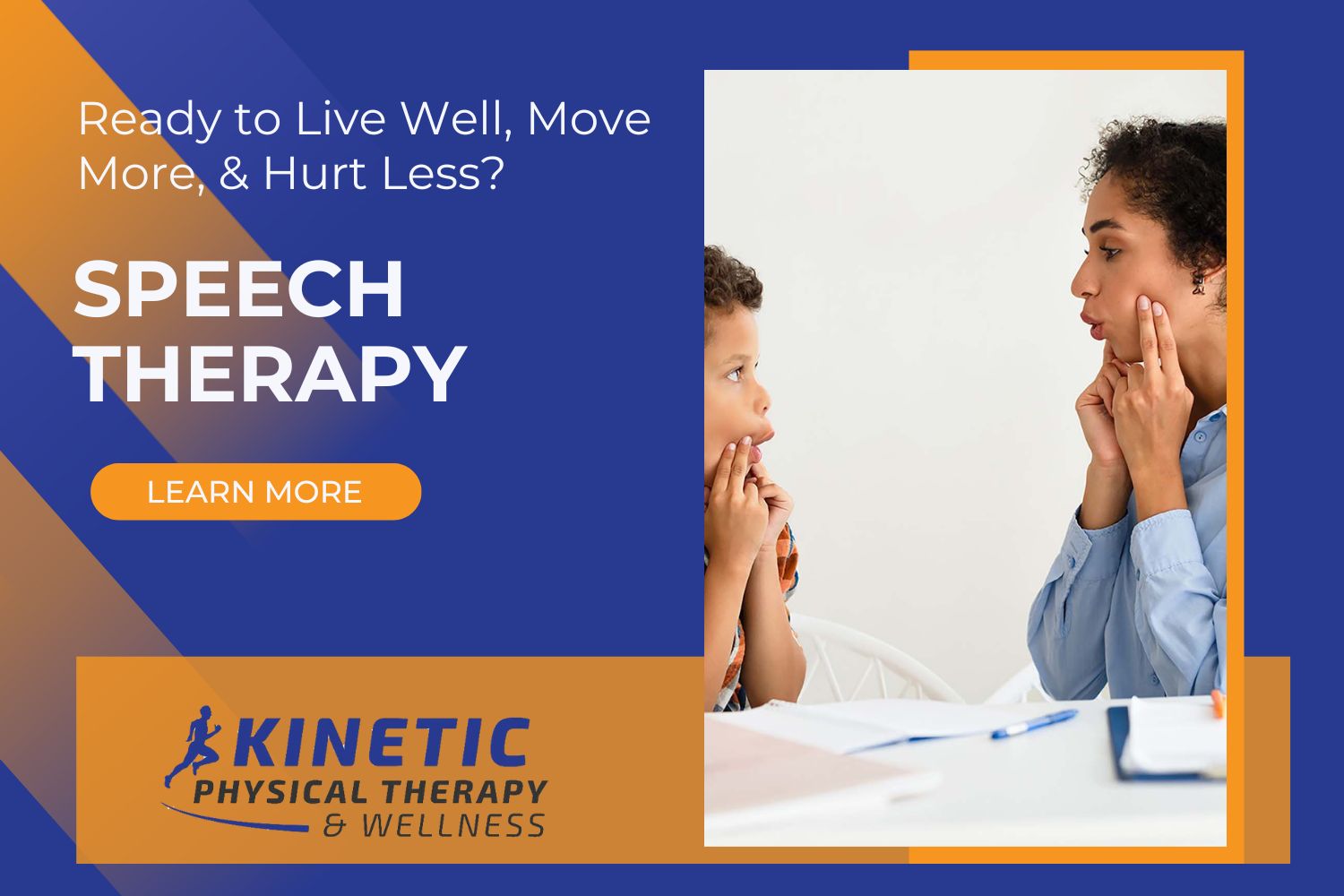

The Role of Speech Therapy in Stroke Rehabilitation
When we think of stroke rehabilitation, physical therapy and occupational therapy often come to mind, but there’s another vital component that plays a crucial role in helping stroke survivors regain their quality of life: speech therapy. Stroke can have profound effects on an individual’s ability to communicate, and speech therapy is the key to rebuilding these essential skills. In this article, we’ll explore the significance of speech therapy in stroke rehabilitation and how it helps individuals recover their speech and communication abilities.
Understanding the Impact of Stroke on Communication
A stroke occurs when there is a sudden disruption of blood flow to the brain, leading to damage in various brain regions. Depending on the affected area of the brain, a stroke can result in various communication challenges. These may include difficulty speaking, understanding language, reading, and writing. Aphasia, a language disorder that impairs one’s ability to express and understand speech, is a common consequence of stroke. It is in the face of these challenges that speech therapy emerges as a lifeline for stroke survivors.
The Role of Speech Therapy in Stroke Rehabilitation
1. Assessment and Diagnosis
Speech therapy begins with a thorough assessment of the stroke survivor’s communication abilities. Speech-language pathologists (SLPs) use various tests and evaluations to diagnose the specific speech and language deficits. This assessment forms the foundation for designing a personalized treatment plan that addresses the individual’s unique needs and goals.
2. Rebuilding Speech and Language Skills
One of the primary goals of speech therapy in stroke rehabilitation is to rebuild speech and language skills. SLPs use a variety of techniques to achieve this, such as articulation exercises to improve speech clarity and pronunciation. They also work on language comprehension and expression, focusing on tasks like naming objects, following commands, and constructing sentences.
3. Augmentative and Alternative Communication (AAC) Systems
For individuals who are unable to regain their speech fully, speech therapy can introduce augmentative and alternative communication systems. These may include communication boards, speech-generating devices, or sign language. SLPs help patients and their families learn how to use these systems effectively, enabling them to communicate more independently.
4. Cognitive-Communication Skills
Strokes can also affect cognitive functions related to communication, such as memory, attention, and problem-solving. Speech therapy addresses these cognitive-communication deficits by implementing strategies that enhance memory, promote attention, and facilitate effective problem-solving in conversations.
5. Community Integration
Speech therapy extends beyond the clinic or hospital setting. SLPs encourage patients to practice their communication skills in real-life situations, such as ordering food at a restaurant, participating in community activities, or conversing with friends and family. This helps stroke survivors regain their confidence and become active members of their communities.
The Importance of Early Intervention
Speech therapy is most effective when initiated early in the stroke rehabilitation process. The brain has a remarkable ability to rewire itself and adapt to new challenges, a phenomenon known as neuroplasticity. Early intervention harnesses this capability, allowing for faster and more comprehensive recovery of speech and communication skills.
Speech therapy is an indispensable component of stroke rehabilitation, offering hope and a path to recovery for those who have experienced a stroke. It not only addresses speech and language challenges but also helps individuals regain their confidence and emotional well-being. Through personalized assessment, evidence-based interventions, and ongoing support, speech therapists empower stroke survivors to rebuild their lives and communicate effectively once more. With speech therapy as a guiding light, stroke survivors can face the future with renewed optimism and determination.
Please Share
categories
Recent Posts

The Role of Speech Therapy in Stroke Rehabilitation
When we think of stroke rehabilitation, physical therapy and occupational therapy often come to mind, but there’s another vital component that plays a crucial role in helping stroke survivors regain their quality of life: speech therapy. Stroke can have profound effects on an individual’s ability to communicate, and speech therapy is the key to rebuilding these essential skills. In this article, we’ll explore the significance of speech therapy in stroke rehabilitation and how it helps individuals recover their speech and communication abilities.
Understanding the Impact of Stroke on Communication
A stroke occurs when there is a sudden disruption of blood flow to the brain, leading to damage in various brain regions. Depending on the affected area of the brain, a stroke can result in various communication challenges. These may include difficulty speaking, understanding language, reading, and writing. Aphasia, a language disorder that impairs one’s ability to express and understand speech, is a common consequence of stroke. It is in the face of these challenges that speech therapy emerges as a lifeline for stroke survivors.
The Role of Speech Therapy in Stroke Rehabilitation
1. Assessment and Diagnosis
Speech therapy begins with a thorough assessment of the stroke survivor’s communication abilities. Speech-language pathologists (SLPs) use various tests and evaluations to diagnose the specific speech and language deficits. This assessment forms the foundation for designing a personalized treatment plan that addresses the individual’s unique needs and goals.
2. Rebuilding Speech and Language Skills
One of the primary goals of speech therapy in stroke rehabilitation is to rebuild speech and language skills. SLPs use a variety of techniques to achieve this, such as articulation exercises to improve speech clarity and pronunciation. They also work on language comprehension and expression, focusing on tasks like naming objects, following commands, and constructing sentences.
3. Augmentative and Alternative Communication (AAC) Systems
For individuals who are unable to regain their speech fully, speech therapy can introduce augmentative and alternative communication systems. These may include communication boards, speech-generating devices, or sign language. SLPs help patients and their families learn how to use these systems effectively, enabling them to communicate more independently.
4. Cognitive-Communication Skills
Strokes can also affect cognitive functions related to communication, such as memory, attention, and problem-solving. Speech therapy addresses these cognitive-communication deficits by implementing strategies that enhance memory, promote attention, and facilitate effective problem-solving in conversations.
5. Community Integration
Speech therapy extends beyond the clinic or hospital setting. SLPs encourage patients to practice their communication skills in real-life situations, such as ordering food at a restaurant, participating in community activities, or conversing with friends and family. This helps stroke survivors regain their confidence and become active members of their communities.
The Importance of Early Intervention
Speech therapy is most effective when initiated early in the stroke rehabilitation process. The brain has a remarkable ability to rewire itself and adapt to new challenges, a phenomenon known as neuroplasticity. Early intervention harnesses this capability, allowing for faster and more comprehensive recovery of speech and communication skills.
Speech therapy is an indispensable component of stroke rehabilitation, offering hope and a path to recovery for those who have experienced a stroke. It not only addresses speech and language challenges but also helps individuals regain their confidence and emotional well-being. Through personalized assessment, evidence-based interventions, and ongoing support, speech therapists empower stroke survivors to rebuild their lives and communicate effectively once more. With speech therapy as a guiding light, stroke survivors can face the future with renewed optimism and determination.
Please Share
You May Also Like







